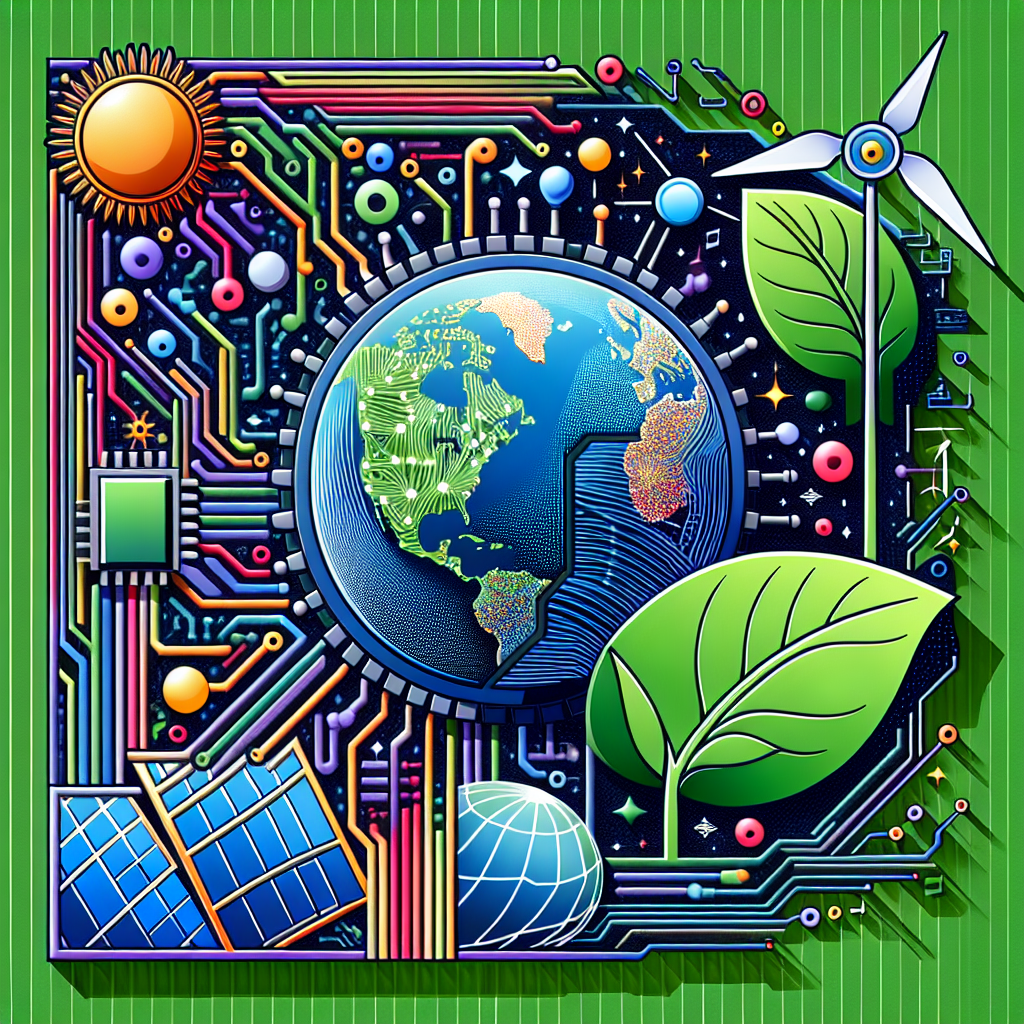In recent years, the adoption of renewable energy sources such as solar and wind power has increased significantly as the world seeks to reduce its reliance on fossil fuels and combat climate change. However, one of the challenges of integrating renewable energy into the grid is its intermittent nature – the sun doesn’t always shine, and the wind doesn’t always blow. This variability can lead to imbalances in supply and demand, which can strain the grid and lead to higher costs.
To address this issue, utilities and energy providers are turning to AI-driven demand response strategies to better manage the fluctuations in renewable energy production. Demand response refers to the ability of consumers to adjust their electricity usage in response to signals from the grid, such as price signals or notifications of high demand. By leveraging AI technology, utilities can more effectively engage consumers in demand response programs and optimize the use of renewable energy sources.
AI-driven demand response strategies involve the use of machine learning algorithms to analyze data on energy consumption patterns, weather forecasts, and grid conditions to predict when and where imbalances in supply and demand are likely to occur. These algorithms can then automatically adjust electricity prices, send notifications to consumers to reduce or shift their usage, and even control smart devices in homes and businesses to optimize energy usage.
One of the key benefits of AI-driven demand response strategies is their ability to improve grid reliability and stability. By accurately predicting when and where imbalances are likely to occur, utilities can take proactive measures to prevent blackouts or other disruptions. This can help reduce the need for expensive backup power sources and increase the overall efficiency of the grid.
Another benefit of AI-driven demand response strategies is their potential to reduce costs for both utilities and consumers. By incentivizing consumers to shift their electricity usage to times when renewable energy is abundant, utilities can avoid having to rely on more expensive fossil fuel sources during peak demand periods. This can lead to lower electricity bills for consumers and reduce overall greenhouse gas emissions.
Furthermore, AI-driven demand response strategies can also help to integrate more renewable energy sources into the grid. By enabling consumers to adjust their usage patterns in response to fluctuations in renewable energy production, utilities can better match supply and demand and make better use of clean energy sources. This can help accelerate the transition to a more sustainable energy system and reduce the reliance on fossil fuels.
Overall, AI-driven demand response strategies have the potential to revolutionize the way we manage energy consumption and production. By harnessing the power of AI technology, utilities can optimize the use of renewable energy sources, improve grid reliability, and reduce costs for both utilities and consumers. As the world continues to shift towards a more sustainable energy system, AI-driven demand response strategies will play a crucial role in shaping the future of energy management.
FAQs:
Q: How does AI technology help in predicting imbalances in supply and demand?
A: AI technology uses machine learning algorithms to analyze vast amounts of data on energy consumption patterns, weather forecasts, and grid conditions. By identifying patterns and correlations in this data, AI can predict when and where imbalances in supply and demand are likely to occur with a high degree of accuracy.
Q: How do AI-driven demand response strategies benefit consumers?
A: AI-driven demand response strategies can benefit consumers in several ways. By incentivizing consumers to shift their electricity usage to times when renewable energy is abundant, utilities can offer lower electricity prices or other incentives. This can lead to cost savings for consumers and a more sustainable energy system overall.
Q: Are AI-driven demand response strategies only for large utilities?
A: No, AI-driven demand response strategies can be implemented by utilities of all sizes. In fact, smaller utilities may stand to benefit even more from these strategies, as they can help optimize the use of renewable energy sources and reduce costs without having to invest in expensive infrastructure upgrades.
Q: How can consumers participate in AI-driven demand response programs?
A: Consumers can participate in AI-driven demand response programs by signing up with their utility or energy provider. They may receive notifications or alerts when renewable energy is abundant and electricity prices are lower, prompting them to adjust their usage accordingly. Some programs may also offer incentives for participating, such as bill credits or discounts.
Q: Are AI-driven demand response strategies reliable?
A: Yes, AI-driven demand response strategies are highly reliable. By using advanced machine learning algorithms to analyze data and predict imbalances in supply and demand, utilities can take proactive measures to prevent disruptions and ensure grid stability. This can help reduce the risk of blackouts or other issues that may arise from fluctuations in renewable energy production.

